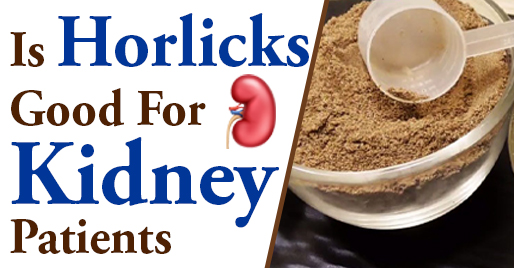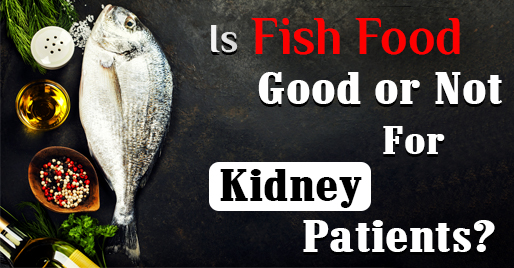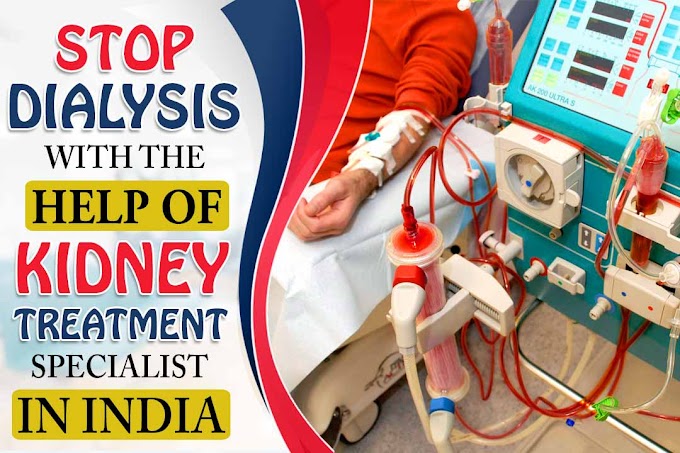Renal diets are bound to be restrictive of many foods including certain forms of minerals and electrolytes, such as potassium and phosphorus. Fruits, veggies, nuts, legumes, dairy products are rich in these components and derive multiple morbidities linked to CKD such as hyperkalemia or hyperphosphatemia. But not to underestimate the fact that cooking does alter the nutritional value of the food.
Potassium-rich foods like potatoes can be leached right before cooking them to take a hit at the potassium content for those on a renal diet. For years, dieticians have been working out methods for preparing potatoes that can help CKD patients include potatoes into the diet. This is because even a small potato contains more than 700 mg potassium which is too hefty for CKD patients. This is going to affect kidney function largely. One average-sized potato holds in 926 milligrams potassium (including the skin) and 610 milligrams of potassium without the skin. Hence, potatoes are restricted on a renal diet by the dieticians.
But, if you still want to add potato to your diet, there are ways to help you out. Special culinary methods are done to remove the potassium content, however, these methods are a little time-consuming and laborious.
What’s the best way to reduce potassium in potatoes?
While the researchers did a variety of procedures including soaking, normal cooking, and frying, it was found that soaking helped leached up to 70% of potassium content.
To do this, the potato must be cut into small pieces or grated or sliced. If put to boil for 15 minutes, they can help significantly with potassium reduction at least half of the original content. But the researchers believe that even after the process, around 200 mg potassium is still present in them. So people, those who are on a renal diet need to look after the portion control too.
The other way around is to cut them into small pieces and soak them in water (10 times the quantity of potato) if you do not want to boil them. Make sure to rinse them with warm water before soaking them in the cold water for 5 hours or as long as you wish. This will significantly reduce the potassium from the veggies.
Usually, people do soak potatoes in the refrigerator, then prepare without boiling first. This method is not effective in the removal of potassium content and does not help out CKD patients.
Can other forms of veggies be leached as well?
While leaching for potatoes, it is recommended that you do not soak or boil all vegetables in water because other important vitamins including water-soluble vitamins, B, C are also lost in the process. Every veggie has a different amount of potassium and they all don’t use the same amount when soaked or boiled.
What if you don’t leach potatoes before consuming them?
Potassium is a mineral that regulates nerves and muscle function. Our heart is able to beat properly because of potassium. In other ways, it do helps the body maintain fluid, electrolyte, and pH levels. The kidneys help maintain the right balance of potassium in the blood. If your kidneys are not working well, potassium will start to buildup in the blood, which is life-threatening. In a serious case, it can even lead to the death of an individual.
Look for the signs of high blood potassium level, such as:
- Heart palpitations
- Nausea and vomiting
- Paresthesia, which is tingling, numbness, or burning sensation in the hands, arms, feet, and legs.
To sum up, we can say that potato is not good for kidney patients or if you want to consume it anyway, the best way to do so is by leaching them before eating.












0 Comments